
Steep Point / Dirt Harthog Island
Steep point is located approximately 900km north of Perth. It is around 12-15hour drive from Perth as the last 140km is via unsealed road, 30km is a single soft loaming sand track, however towing a 4-5m boat into Steep Point is no problem.
Steep Point is the most westerly point of Australia and is world renowned for some of the best land based game fishing. Just off Steep Point is Dirt Hartog Island which provides protection from the Western Swells and shelter from on shore winds. To the East is more land masses which provide protection from the offshore winds, making fishing around Steep Point and Dirt Hartog Island a year round possibility.
The Shark Bay area presents one of the worlds most unique fishing environments, where cold and warm water meet, producing Tropical species from the North and colder climate species from the south.
Small Boat Fishing Around Dirt Hartog Island
There are a plethora of choices when it comes to fishing from a boat, from chasing summer Trevally, Yellow Tail Kingfish and cobia around the channel mouth to year round Pink Snapper in 2-3metres of water. There need not be much of a guide for fishing spots here, however the rule is if your not getting a fish within 10mins move on!
The Eastern side of Dirt Hartog Island has great fishing for Big Bream, Snapper, Spangled Emperor, Sweet Lip, King Fish, Baldchin Groper, Whiting, Flathead, Mackerel, Tailor, Bonefish and Mulloway.
Clear life-like soft plastics are the key to success in the shallow clear waters. From 1/24 – 1/2 ounce jigs heads is a great range for almost all situations around the eastern side of the island.
During low tide fish off the island into the deeper holes where fish lay in wait for the incoming tide to push bait fish onto the flats and into the rocks. Small islands off the main also fish well around this time and fish are often found a few meters from any small structure 2-4metres deep.
During the incoming tide the surface fishing comes alive, up to 120mm poppers can be cast tight into the rock structures for Snapper, Emperor, Bream, Bluebone and Whiting. Its not uncommon to have several different species of fish fighting over a surface lure.
When the tide (incoming or outgoing) is moving faster through the channel the small islands and points off Dirt Hartog provide pressure points where larger fish show up, such as Kingfish, Mackerel and Tuna. These fish can easily be targeted on Metal Slugs or just throw a plastic at them and hang on. While fishing the shallows keep an eye out for birds working bait fish. This will happen only 100metres offshore, here you’ll find Mackerel and Tuna working bait schools.
During hightide it is also worth exploring the vast array of shallow flats where Bone Fish, Giant Herring and Summer Pelagics turn up. Deeper in the shallows Bream, Whiting and Flathead all move close to the mangrove often in 30cm of water.
The Channel between Dirt Hartog Island and Steep Point drops off into deep water around 8-20meters + where large Pink Snapper, Cobia, Coral Trout and even Dolphin Fish can be hooked. Dropping a heavy weighted ½ ounce large 8inch plastic and drifting out of the channel is a great way to landing some larger fish. Jigging around these parts is also a viable option when the run slows down.
To the North of the channel opening is a small surf break, to the north-west of this location waves break heavy onto rocks, during the warmer months you can find large Giant Trevally here. Year around this spot fishes great for larger Emperor and Bald Chin, where popping might be an option for Emperor during the Summer months. The small reefy bay to the inside of the point during Turtle Hatching season is also a great time to target Emperor on poppers.
Land Based Fishing Tamala Station, Steep Point to False Entrance
For the bait soakers the point provides a great place to float out large baits in search of all sorts.
The Points on the inside of the Channel fish will for Snapper, Bream and Pelagics. The Bays fish good for Herring and if you can get to the flats you can target Bone Fish, Bream, Flathead and some big whiting.
Tamala Station
From Tamala Station there are several camping locations located at Prickly Point, Bara Head, Three Bays, Nanas, Tea Tree and Giruad Point. All the camping spots provide access to some fantastic fishing.
Bara Head
Directly north of Tamala Station is Bara Head. Here anglers can expect Tailor, Whiting, Bream, Flathead and the odd Mangrove Jack and Cod.
Three Bays
A scenic camp spot, Three Bays fishes well for Whiting, Bream and Flathead. The odd small Trevally will also show up.
Nannas
Mostly Whiting, Bream and Flathead along the beaches of Nannas.
Giraud Point
Anglers are most likely to encounter Bream and Whiting with the odd Tailor and small pelagics from Giruad Point.
Blind Inlet
Walk the flats for Whiting, Bream and Flathead close to the mangroves. There is also good numbers of Bonefish however they are pretty tricky to catch.
Shelter Bay to Steep Point
The beaches of Shelter Bay have good fishing for Whiting, Bream, Tailor and Mulloway at night. Past Shelter bay the beach has inshore reefs which fish well for Emperor, Tailor, Pink Snapper and the odd Cobia. Soft plastics would well along the beaches for Emperor and Pink Snapper. Metal Slugs and hard body lures for Tailor.
Steep Point
Amazing balloon fishing for Cobia, Mackerel, Sailfish, Tuna, Pink Snapper and more.
Dulverton Bay / False Entrance
To the south of Steep Point is Dulverton Bay. Access to this spot is rough a good four wheel drive is necessary. Camping is allowed on the beach. The fishing here is exceptional for Tailor and the odd coral trout and emperor. Surface lures like poppers and metal slugs are the only option over the heavy reef. From the point anglers can use large shallow diving minnows to target Tuna and Mackerel.
Crayfish Bay
Approximately 25km south of Steep Point is Crayfish bay. Home to massive Tailor, they can be targeted with metal slugs and poppers along the reef beach. Small Whiting and Tarhwine are also abundant in the sandy patches of the beach. The point produces Baldchin Groper and Pink Snapper however bait is best for bottom fishing here. Large shallow diving minnows can be used to target Mackerel that come in close if the conditions are good.
Where to go fishing near Steep Point / Dirt Harthog Island?
-
White Island
Please seek further information before fishing here. Snapper schooling area, special rules apply.
-
Freycinet Island
Pink Snapper off the rubble bottom, use soft plastics.
-
Channel Drift Fishing Steep Point
Drift out of the channel with soft plastics for large Pink Snapper, Cod, Coral Trout, Cobia...
-
Shark Bay Flats Fishing
During the incoming tide Bone Fish, Herring and some Pelagics move onto the flats. Lots of...
-
Lowtide deep holes Dirt Hartog Island Fishing
During low tide fish away from the rock walls in the deeper holes for Sweet Lip,...
-
High Tide Popper Fishing
During the incoming tide throw poppers along the rock face for Snapper, Big Bream, Emperor and...
-
Black Snapper
Black Snapper just out from the point.
-
DHI / Shelter Bay Rock
Experience fish action at the tidal change. Pink Snapper, Black Snapper, Emperor and Cod all caught...
Plus, where, when and how to fish every spot!
Access to Steep Point / Dirt Harthog Island
4wd access only, although towing in a 4-5metre boat is no problem. Boat launching via beach at Shelter Bay.Download GPS Marks
1000's of offshore spots, sign up Just $3.95 to access the map of fishing spots
Sign UpFish Species caught at Steep Point / Dirt Harthog Island
Exmouth Fishing Report
Exmouth Catches Billfish enthusiasts are starting to experience regular encounters of blue marlin out wide. The blue marlin are thought to be feeding on the big schools of 6kg to 10kg yellowfin... Read more
Fish currently being caught in the Gascoyne region November, 2016
Blue Marlin Coral Trout Mackerel Queenfish Shark Mackerel Tuna Wahoo Yellowfin TunaRecommended Lures for Steep Point / Dirt Harthog Island
Click here to find the best lures for fishing Steep Point / Dirt Harthog Island. 5 stars mean this lure has been hand picked for Steep Point / Dirt Harthog Island.
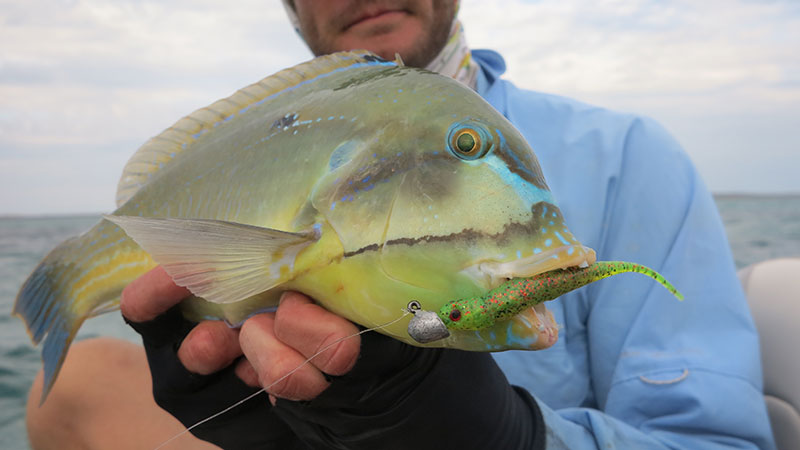









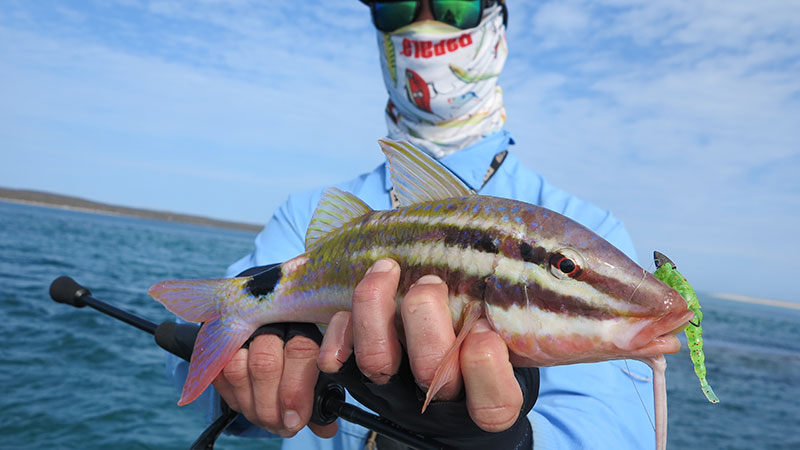
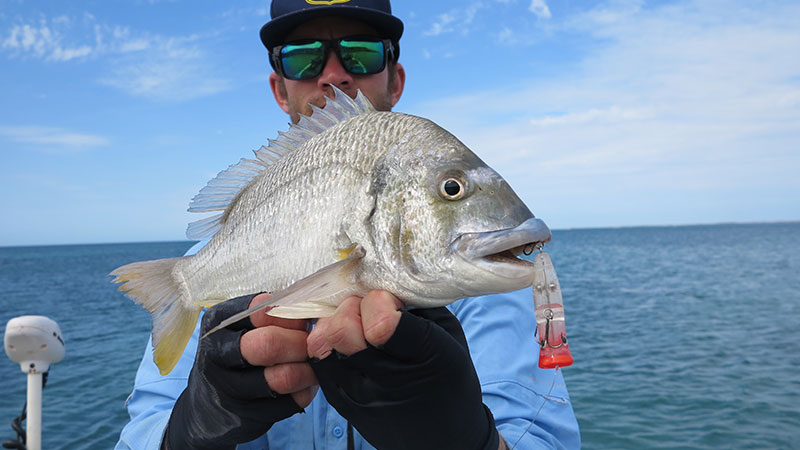
















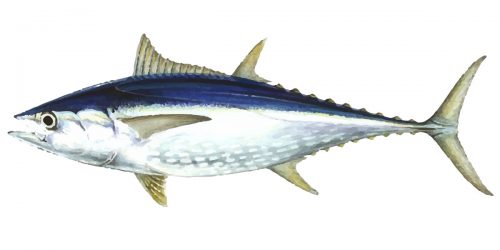











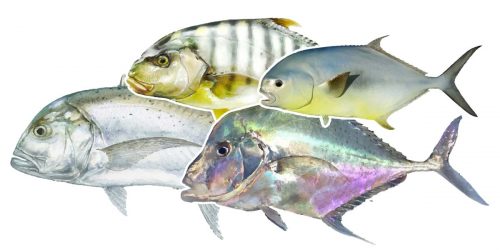










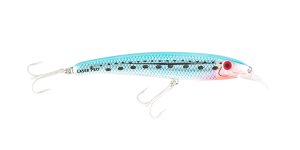






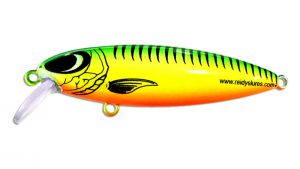

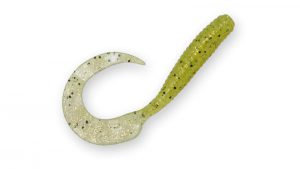
Alanna Hubbard
says:Hey guys,
My name is Alanna and I work for Recfishwest. I’m wondering if its possible to please work together to add some rock fishing safety information to some blackspot fishing locations please on your website? Eg. Steep Point, Quobba, Salmon Holes Albany.
We have a loan lifejacket location map we could send perhaps or even a few key messages you could include such as:
Tell someone
Always let friends or family know where you are going, when you’ll be back and if your plans change.
Never fish alone
Always fish with a buddy; if you get into any trouble, they can help. If you’re new to rock fishing, go with an experienced fisher.
Know the area, know the conditions
Read all safety signage – it’s been placed there for a reason. Ask locals about the spot you plan to fish from if you’re new to the area. Make sure you are aware of the latest weather, swell and tidal predictions before going fishing (check the Bureau of Meteorology website http://www.bom.gov.au or call 9263 2222 between 9am to 4pm). Be aware that conditions may change quickly and can vary from predicted averages.
Wear the right clothes
Light clothing such as shorts and a spray jacket will allow you to swim more freely if you are washed in. Wear appropriate footwear with non-slip soles or cleats suited to the surface you plan to fish from.
Wear a PFD
Wear a life jacket or buoyancy vest at all times. Also bring something buoyant (your fishing bucket with its lid firmly clipped on makes a great float) which can be thrown to someone in trouble to help them stay afloat. Carry rope and a torch at all times.
Observe first, fish later
Spend time (at least 20 minutes) watching your intended fishing spot to get an idea of the conditions over a full swell/wave cycle. Be prepared for waves twice the height of those observed during this period. If in doubt, don’t fish.
Plan your escape
Scan the area and look for the safest place to come ashore should you be swept in. Decide on a quick getaway route from your fishing spot, well above the high tide line should you see a large wave coming.
Use appropriate Public Safety Equipment
Know how to correctly utilise rock anchor points if they are in place at your fishing location. You will need to bring your own rope to tie up; a bowline is the best knot to use. Know where the nearest public safety equipment is – and know how to use it.
Stay alert
Don’t ever turn your back on the ocean – if the waves, weather or swell threaten your fishing spot then leave immediately.
Looking forward to hearing from you.
Ian Carter
says:Hi I have planned a trip to Steep point via boat from Denham in July all the literature refers to spots to go fishing but there are no maps to refer to can you help out